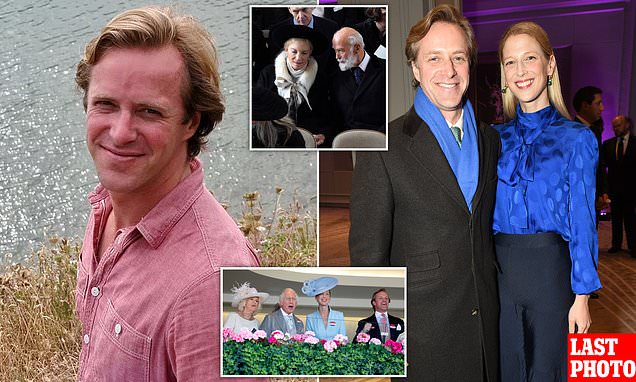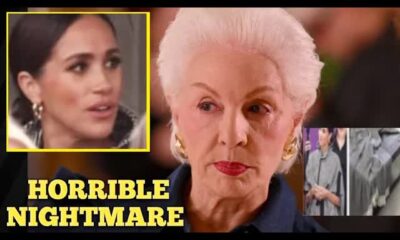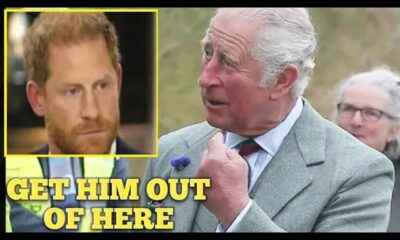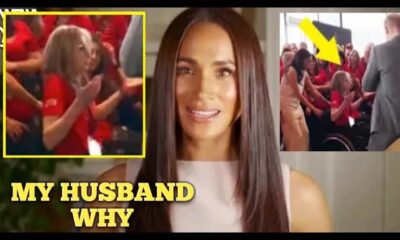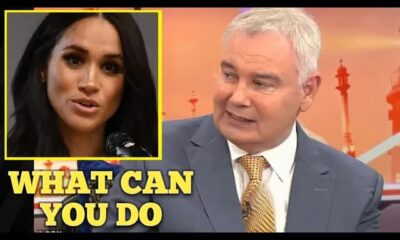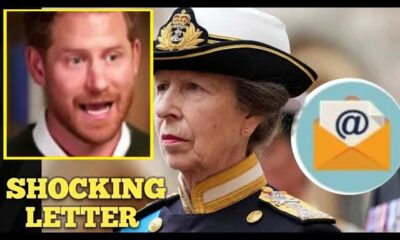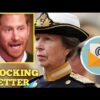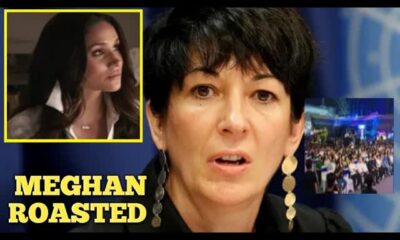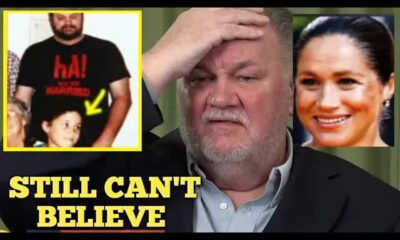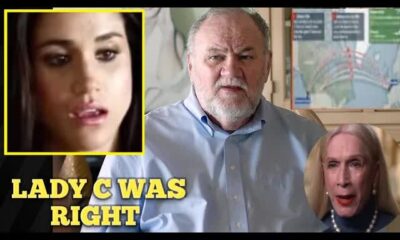The News
The Duke of Kent: A Royal Legacy of Service
After the recent passing of the Queen at the age of 96, the Duke of Kent, her first cousin, has now assumed the role of the oldest member of the Royal Family at 87 years old.
Born Prince Edward George Nicholas Paul Patrick on October 9, 1935, in Belgrave Square, London, he is the son of the Duke and Duchess of Kent, Prince George and Princess Marina, and the grandson of King George V and Queen Mary.
His life has been marked by decades of royal service, leadership in a secretive organization, and a scandal involving religion within his own family.
Prince Edward, the eldest of three children, has two siblings, Princess Alexandra, born on Christmas Day in 1936, and Prince Michael of Kent, who joined the family in 1942.
Despite his extensive work with over 140 different organizations, Edward's contributions often go unnoticed, but he remains a dedicated member of the Royal Family.
The official Royal Family website highlights his efforts in promoting British goods and trade across more than 60 countries.
At the age of 17, Edward embarked on a significant journey to the Far East with his mother, an experience that shaped his dedication to a life of service.
Tragedy struck the Kent family in 1942 when Edward was just seven years old, as his father, the Duke of Kent, perished in a mysterious military air accident in Scotland.
This event led to Edward inheriting his father's titles of Duke of Kent, Earl of St Andrews, and Baron Downe-Patrick.
Following the Duke's untimely death, Marina, Edward's mother, faced financial struggles, living in modest circumstances after her husband's passing.
The family's idyllic life was shattered by the loss of Prince George in the airplane crash, leaving Marina to navigate genteel poverty while continuing her work as the commander of the Women's Royal Naval Service until her own passing in 1968.
Marina, once a princess of Greece and Denmark, married Prince George in 1934, becoming the Duchess of Kent.
Her financial challenges post her husband's death shed light on the high wartime taxes that impacted her estate, leading to a struggle to maintain her lifestyle.
Despite efforts to secure public funds for her support, obstacles arose due to concerns about setting precedents within the royal family.
Prince Edward's marriage to Catherine Worsley in 1961 resulted in the birth of three children – George, Earl of St Andrews, Lady Helen Taylor, and Lord Nicholas Windsor.
Their family has since expanded to include ten grandchildren, including notable figures like Lord Downpatrick and Lady Amelia Windsor, a renowned model.
The Duke's commitment to royal duties has remained steadfast throughout his life, representing various causes such as the Royal National Lifeboat Institution and the Stroke Association.
A pivotal moment in the Duke's life occurred when the Duchess of Kent converted to Catholicism in 1994, sparking national interest.
While this decision did not affect Edward's position in the line of succession, it led to the exclusion of some relatives due to restrictions imposed by the Succession to the Crown Act 2013.
Edward's involvement with the Freemasons has also been notable, with his long-standing association dating back to 1963, culminating in his role as Grand Master and a 50-year anniversary celebration in 2013.
In the wake of the Queen's passing, the Duke of Kent, alongside other royal family members, attended the state burial at Westminster Abbey and the committal service at St George's Chapel in Windsor.
Looking ahead, George, Earl of St Andrews, stands as the current heir to the Dukedom of Kent, with his son, Lord Downpatrick, poised to inherit the title in the future.
As the legacy of service continues within the Royal Family, the Duke of Kent's contributions and dedication remain a testament to his enduring commitment to duty and tradition.


